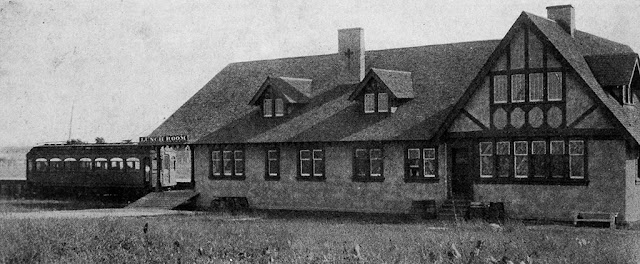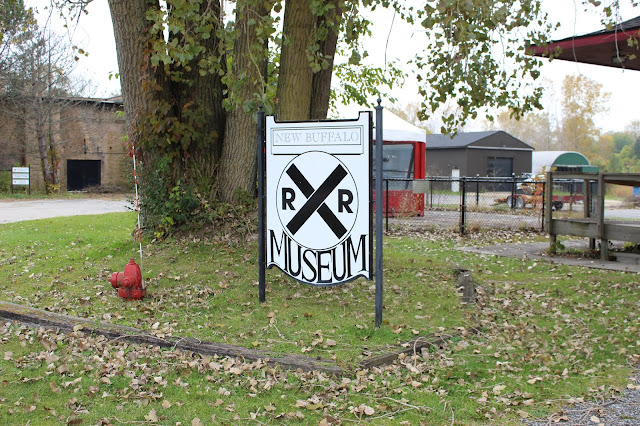The Forgotten Railways of Chicago: Cemetery Spurs and Stations

If you go outside the city limits of Chicago in any direction, and you will find numerous large cemeteries occupying the land. In fact, in some cases you don't even have to leave the city. This stems from an early Chicago ordinance that disallowed cemeteries within the city limits, meaning many located just outside the city. This is why some villages, such as Forest Park and Hillside, have a larger population of dead individuals than the living . As Chicago annexed surrounding areas and grew, on occasion cemeteries that were once outside the city were now within it, even in spite of the ordinance. Chicago Aurora & Elgin car serving Mt. Carmel Cemetery in Hillside. Image: Electric Railway Review via GreatThirdRail A funeral today often consists of dozens of cars en route to a cemetery, however, how did people reach cemeteries before the advent of the automobile? Railroads provided the service, and in fact were required by law to do so. On the weekends, funeral trains...







